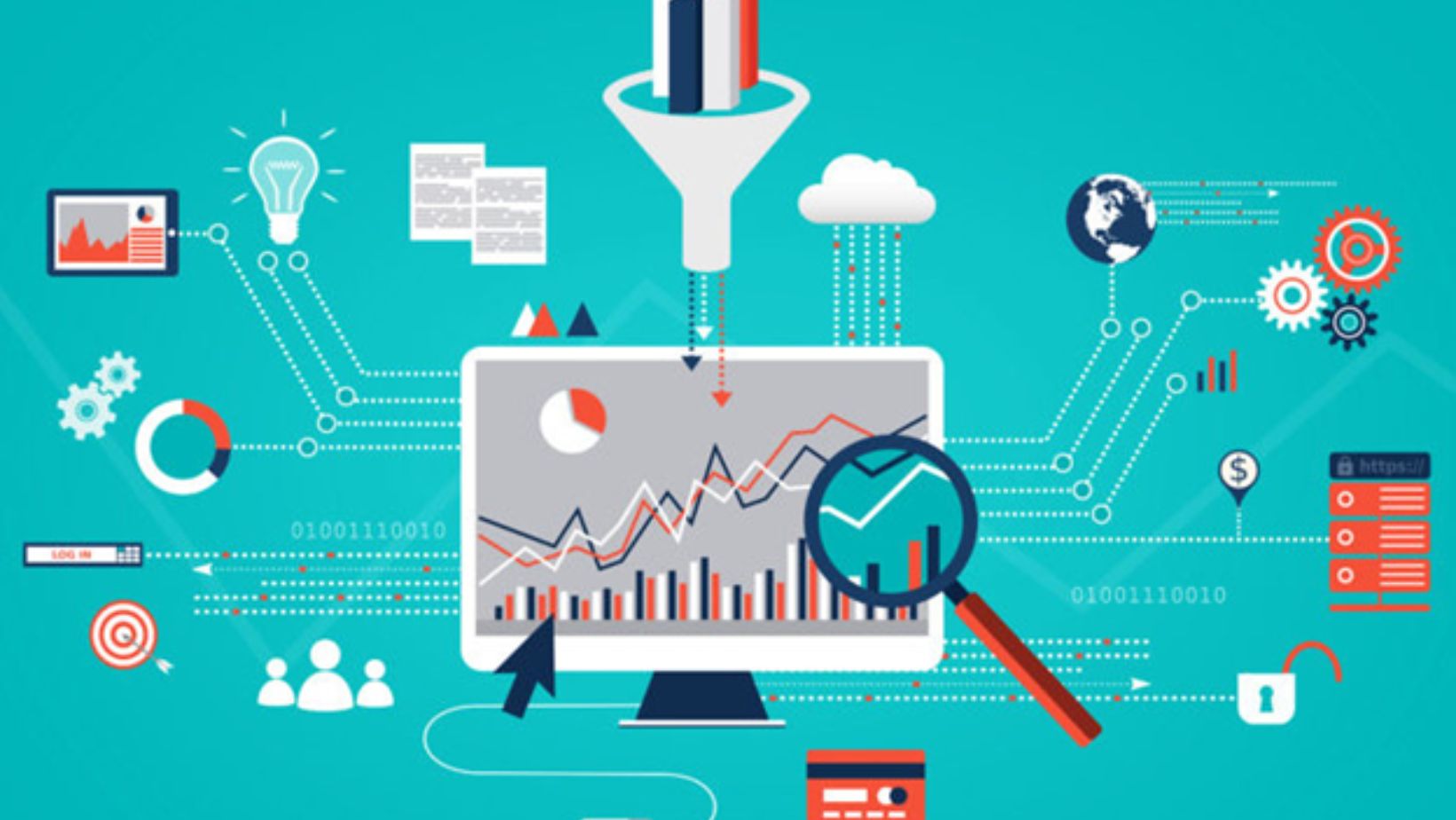How Analytics Are Changing the Game: From Coaching Decisions to Fan Engagement
 The landscape of sports betting has experienced a radical change in the last two decades. So, what was once purely compelled by instinct, tradition, and anecdotal wisdom is now increasingly influenced by algorithms, data, and machine learning.
The landscape of sports betting has experienced a radical change in the last two decades. So, what was once purely compelled by instinct, tradition, and anecdotal wisdom is now increasingly influenced by algorithms, data, and machine learning.
Analytics is reframing every aspect of the industry, from player recruitment to in-game tactics and how teams engage with their fans. This data revolution is not just about shaping elite-level decision-making. However, it is about rewriting the rules of how sports are played, experienced, and monetized. So, dig in as we explore all of these transformations in the landscape.
One of the most incredible influences of analytics is in coaching strategy. Conventionally, coaches made decisions based on lesson experience, intuition, or “gut feeling.” Recently, decisions like player substitutions, formation shifts, and play selections have been guided by data.
For example, in football (soccer), managers can use heat maps to monitor players’ positioning and spatial dominance. These tactical tools let coaches simulate scenarios, assess probabilities, and optimize in-game strategies based on the strengths and weaknesses of both their team and the opposition.
Furthermore, wearable technology and performance-tracking software help to monitor athletes’ biometrics like heart rate, fatigue levels, and even psychological well-being. This lets training loads be optimized to prevent injuries, maintain peak performance, and extend careers. Analytics has evolved scouting by recognizing talent beyond conventional metrics like goals or assists. Now, teams can find undervalued players using advanced statistical models.

Although analytics has empowered decision-makers within teams, it has equally changed how fans experience sports, making the industry more interactive and engaging. In the era of digital media, fans expect customized experiences. Hence, clubs and broadcasts are using AI and machine learning to analyze viewing habits. Thus enabling them to deliver highlights, targeted notifications, and curated social media feeds. Services like Amazon Prime’s X-Ray feature for the Premier League provide fans with real-time statistics during live matches.
Fantasy leagues and sports betting platforms are increasingly powered by analytics as well. Now, fantasy players have access to in-depth player data like matchup-specific performance trends, projected points, and injury risk. Thus amplifying engagement by making participation more strategic. These days, sportsbooks use predictive analytics to dynamically adjust odds and offer bets based on user behavior.
Modern stadiums are equally using analytics to boost the in-person experience. Data is creating smoother and more enjoyable visits, from optimizing traffic flow to predicting concession stand needs. Some stadiums even use facial recognition and mobile tracking to monitor fan movements and preferences. This helps teams offer live promotions, minimize wait times, and personalized merchandise recommendations.
Beyond coaching and fan engagement, analytics is also essential to sports organizations’ business models. Ticket pricing is now unique and data-driven. Analytics tools consider factors like weather, opponents, day of the week, and historical trends to set optimal prices. This permits teams to maximize revenue without alienating fans.
Merchandising is equally fueled by data. Clubs use purchase histories and social media trends to stock high-demand products, launch targeted campaigns, and personalize e-commerce experiences.
With access to granular data on fan demographics and behavior, teams can offer sponsors better value. Rather than generic ad packages, clubs offer curated solutions like digital overlays during replays targeted at fans in specific regions. AI-powered tools measure sponsorship ROI live, tracking metrics like brand visibility, engagement rates, and conversation. This transparency compels better relationships between clubs and commercial partners.
This includes predictive modeling, live decision support, and immersive technologies like augmented reality (AR) and virtual reality (VR). Machine learning models are already being used to simulate entire matches, analyze tons of game scenarios, and even predict the possibility of injuries. These tools will become more infused into coaching dashboards, offering live suggestions during games.

AR could equally offer fans live overlays of stats while watching games through smart glasses. Coaches could use AR during training to visualize opponents’ formations or test strategic changes.
Additionally, blockchain could reframe data transparency and ownership. This can happen especially in relation to athlete monitoring and fan engagement platforms. Athletes could own and now use their performance data, while fans might want tokens for engagement that can be redeemed for tickets or merchandise.
Analytics has not just changed the game. It is becoming the game, as it serves as a compass guiding modern sport. However, the real power of analytics lies in augmenting human insight rather than replacing it. Thus, the best outcome comes when numbers meet complexity; that is, when cold data information warms instinct.
As technology keeps evolving, the combination of these elements will influence the future of sport, making it more intelligent, immersive, and inclusive than ever. Ultimately, in this era of smart sports, the victors will not be those who collect the most data. However, it will be those who know how to use this data with purpose, precision, and a human touch.










